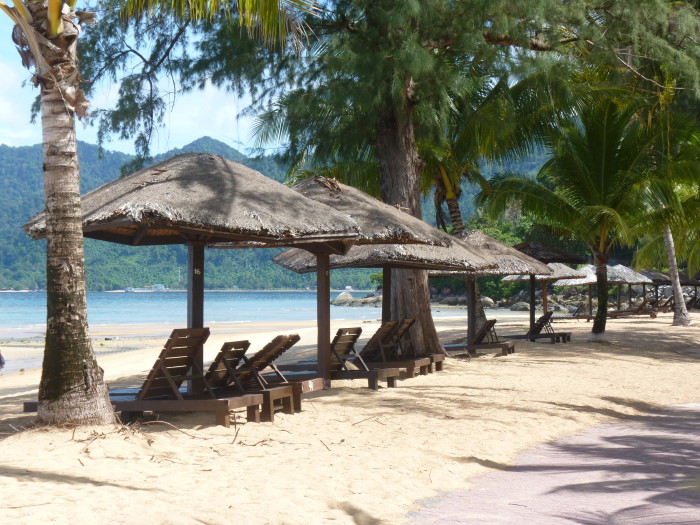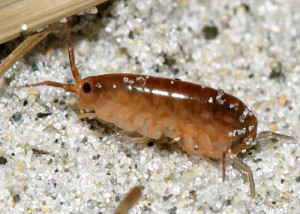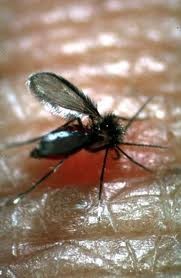Knowing Your Enemies – Sand Fleas & Sand Flies
Facts about Sand Flea
Sand flea biology:
- Shrimp-like creature in appearance.
- Two antennas held upward above the head.
- Body of seven segments.
- Long legs use for swimming and jumping.
- Smaller and less than 2.5 mm long.
- Color ranges from pale to brown.
Sand flea habitat and behavior:
- Sand fleas are found mostly in the tropical beaches.
- You can notice them living in cluster around seaweeds that have been washed onto shore.
- Female sand flea lay eggs in rotten seaweed and plants at the beach.
Sand flea feeding characteristics:
- The female sand flea is responsible for sucking the blood of humans. She requires the protein in the blood to lay her eggs.
- They live in the warm sand at daytime attacking anything 10 inches off the ground especially beach goer’s legs.
- Sand flea and its larvae feed on tiny aquatic animals and rotting seaweed when they cannot feed on human blood.
Facts about Sand Fly
Sand fly biology:
- Smaller and less than 5 mm long.
- Covered with dense hair.
- Rest with wings held upward and outward above the body.
Sand fly habitat and behavior:
- Sand fly is found mostly in the tropics.
- Its larvae inhibit places where there is high moisture and organic content to include animal burrows, termite hill, tree holes, and cracks and crevices
- Resting sites for the adult sand fly include walls, crevices, sand bags, barriers, overhangs, and other protected areas.
Sand fly feeding characteristics:
- The female sand fly is responsible for biting and sucking the blood of mammals, reptiles and birds. She requires the protein in the blood to produce her eggs.
- They are generally active at dusk and throughout the night.
- They may bite during the day when they are disturbed.
- They are “pool” feeders; consume blood from small wounds they make in the skin of the host.
Click to read more: 5 things you should do to avoid being bitten by sand flea & sand fly
Related posts: Beware of Sand Flea and Sand Fly





Comments 1 Comment